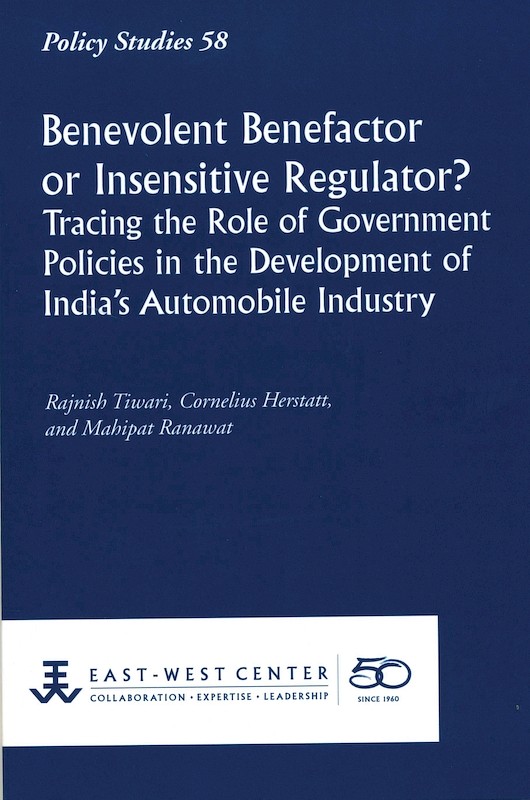Is China's Indigenous Innovation Strategy Compatible with Globalization?

Date of publication:
2011
Publisher:
East-West Center
Number of pages:
55
Code:
PS61
About the publication
National innovation policies currently attract intense interest throughout the international community, particularly so in the aftermath of the global financial crisis. China is among those countries now relying heavily on government resources to drive innovation — a policy that directly challenges the prevalent theory that government powers have limited effects on a nation's innovation systems. Indeed, China's new indigenous innovation strategy has transformed the countrys innovation systems. China's current indigenous innovation strategy is both constructive and efficient for an economy with clear targets for industrial innovation and working to catch up to international standards. For China to succeed as an innovative country it needs to provide more opportunity for market competition to incubate and generate radical innovations.
Co-publication: East-West Center
Policy Studies series publication on Southeast Asia, co-published by the East-West Center and ISEAS. Available exclusively from ISEAS for distribution in Asia.






